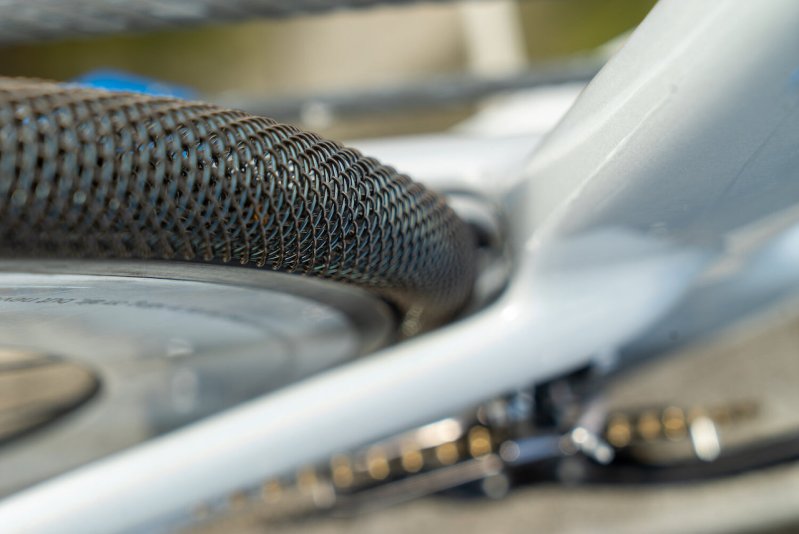
It’s the weekend, and you are finally precisely where you want to be—loading up your bicycle and heading to meet up for a group ride with the boys. Whether riding on a road, mountain biking, or something in between, you are cycling, and that is all that matters.
Then, it happens a major mechanical issue. You have a flat tire. Your friends now stand around as you fumble with tubes, pumps, and patch kits. You try to get your tire rolling again, all the while knowing you’ll never be able to get your bicycle tires back to proper inflation without a floor pump.
Or, perhaps worst of all, flat tire repair is nowhere to be found. Your group carries on as you push your bicycle back to your vehicle.
Wouldn’t it be nice if you could head out cycling without worrying about getting a flat tire? What if flat tires were a thing of the past? It would at least be one less thing to fuss about regarding your bicycle.
Well, this reality might be closer than you think. And if you feel like indestructible bike tires could only be the work of someplace like NASA, you’d be right.

Instructables bicycle tires
Now, we have yet to see NASA sending a bicycle into space, but we certainly look forward to tire tracks on the moon. What NASA has been doing for a rather long time is putting vehicles—manned and robotic—on places like the Moon and Mars.
As you can imagine, Mars is the last place you want flat tires. So, NASA set out to eliminate that potential.
Fast forward to 2020, and The Smart Tire Company (STC) was founded in hopes of finding commercial uses for NASA’s tire technology. Among these uses is the company’s new METL bicycle tire.
STC gets its name from the process used to make its METL tires or Shape Memory Alloy Radial Technology. This “SMART” tire is made of a superplastic material known as NiTinol+. NiTinol+ doesn’t stretch to absorb impacts rather it temporarily rearranges its molecular structure before instantly returning to its original shape.
METL bicycle tires are airless; therefore no flat tires ever. STC boasts that they are the “first-ever pneumatic bike tire alternative to achieve a lightweight, smooth ride, with superior handling and durability.”
Although not fully released yet, the final product will have a special integrated poly-rubber tread pattern meant to last a rider the life of the bicycle. No punctures, no tears, no flats, no problems.
And while STC’s website only teases at what looks like a road bike tire, the site lists quite a few specialty tires, including gravel, mountain biking, and commuting.
As of now, the price of STC‘s METL bike tire is unknown. But they told consumers to expect a premium bicycle tire rolling on a high-end wheel. We’ll know more as far as price, weight, warranty, etc. as the release date gets closer.
For now, if you are interested in your own indestructible NASA bike tires, plug your information into STC’s 2024 waitlist. You can find all their information on their website.



